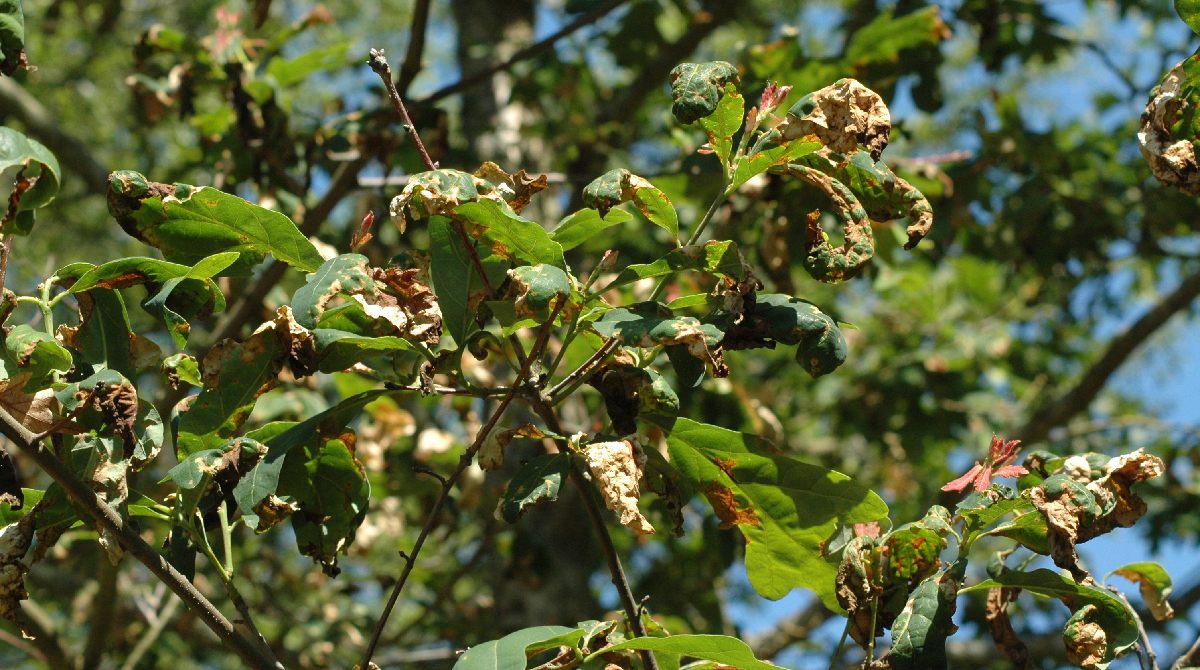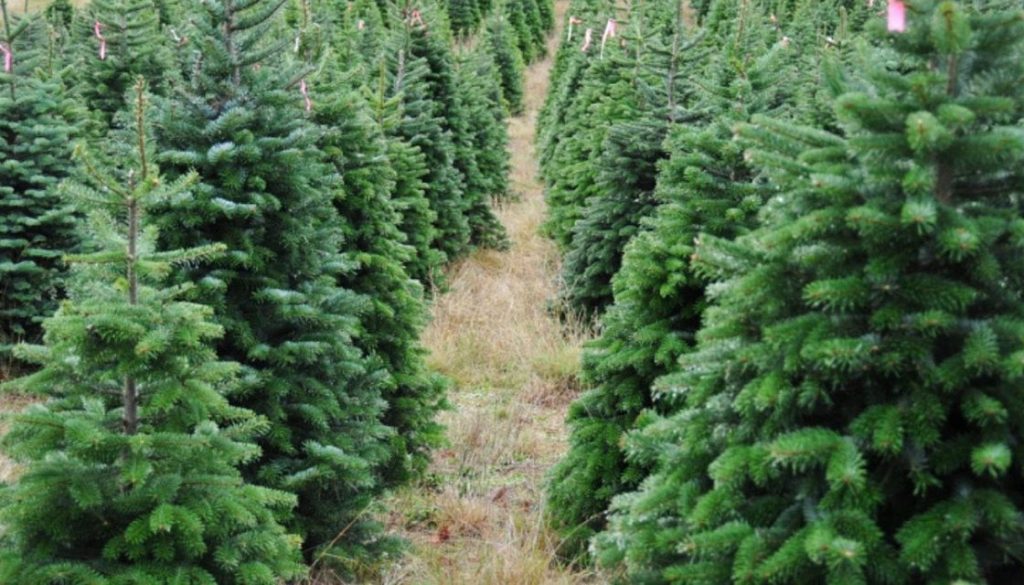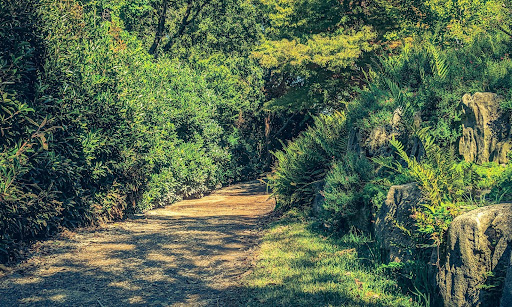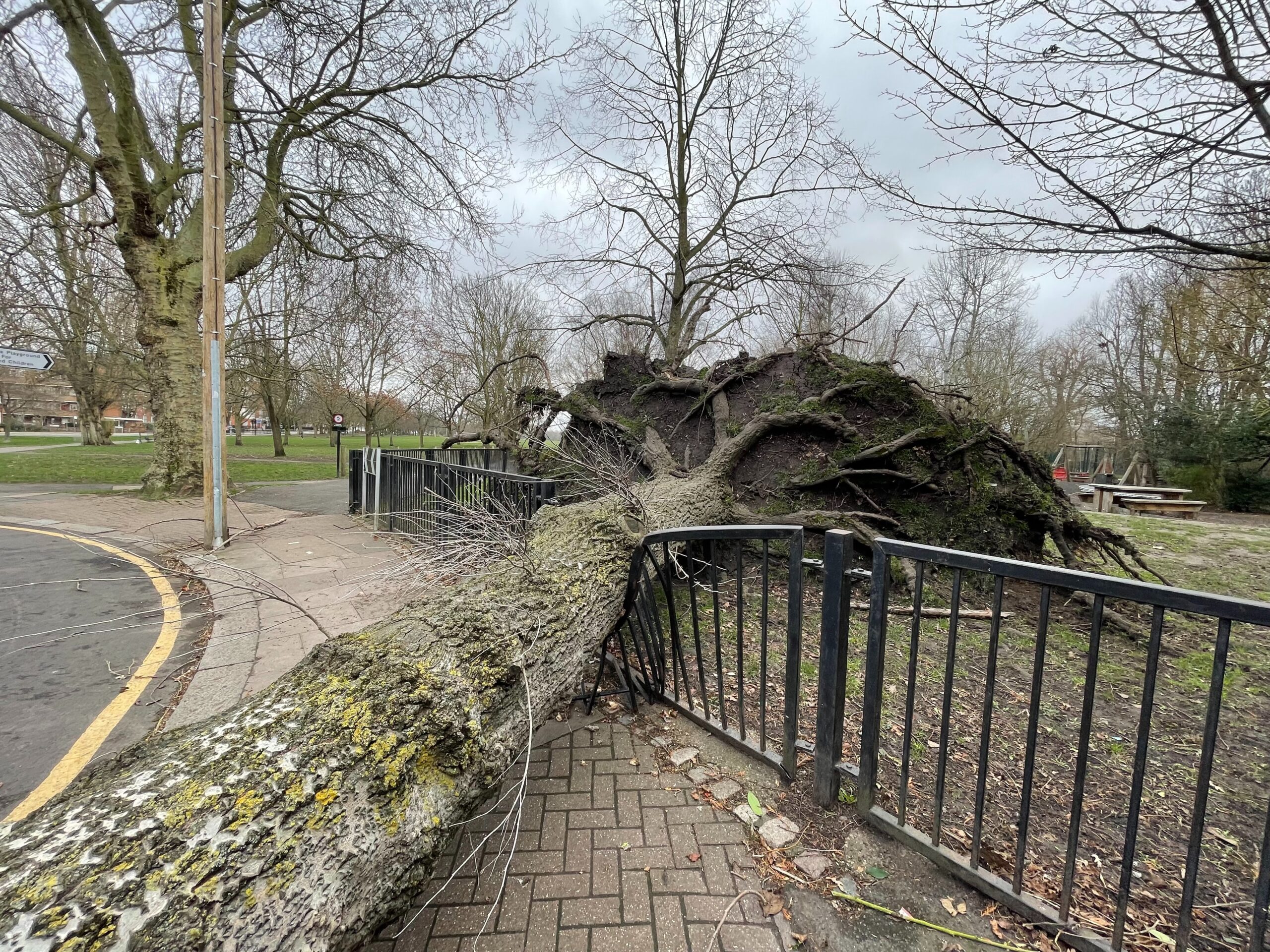
Date September 11, 2023
Understanding the Impact of Storms on Trees
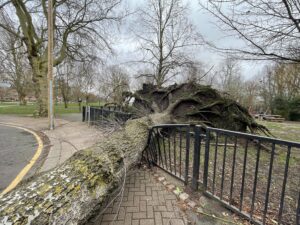
1. Introduction
Stormy weather poses significant threats to our environment, and trees, often the oldest residents of our neighborhoods, are particularly at risk. Tree safety during such adverse conditions is imperative. When unprepared, trees can sustain damage such as:
- Broken branches or limbs
- Uprooting due to unstable soil
- Strain or breakage from strong winds
Entrust your arboreal care to TreeNewal, the leading authority on Tree Safety in the Dallas and Fort Worth Metroplex.
2. How Storms Affect Trees
Weather disturbances, especially violent ones, can have varied impacts on trees:
- Windstorms: Can cause branches to break and trees to bend, leading to structural stress.
- Thunderstorms: Often accompanied by lightning that can scar or even kill trees when struck. The rapid influx of water can also waterlog soil.
- Hurricanes: A combination of strong winds and excessive rainfall can uproot trees, especially those in waterlogged areas.
The physiological effects on trees due to these storms can be extensive:
- Soil becoming waterlogged, affecting root health.
- Broken limbs which, if not attended to, can lead to diseases.
- Stripping of essential foliage, impacting photosynthesis.
3. Signs Your Tree Might Be at Risk
Being proactive can save a tree from permanent damage. Here’s what to look out for:
- Weak Branches or Limbs: Often these will hang lower than healthy ones, may have visible cracks, or may be dead and not bearing leaves.
- Diseases or Infections: Fungi, discolorations on bark, or unusual insect activity can indicate a disease.
- Root Health: Exposed roots, especially those that look decayed or damaged, can mean the tree is unstable.
Part 2: Preparing & Protecting Your Trees
4. Regular Maintenance & Inspection
Maintaining tree health is an ongoing process:
- Routine Pruning: Plays a pivotal role in tree safety. Removing dead or weak branches reduces the chances of them breaking off in a storm.
- Structural Integrity Checks: Regularly inspect your tree for signs of disease, decay, or any other structural issues. Early detection can save a tree’s life.
5. Strengthening Weak Trees
Sometimes, a tree might be inherently weaker due to its species, age, or previous damage. Here’s how you can help:
- Cabling and Bracing: Arborists can install cables or braces to provide added support to weak branches or trunks. This can help distribute weight and reduce the risk of breakage.
- Mulching and Watering: Ensuring that the tree gets adequate water and nutrients is crucial. Mulching around the base can help retain moisture, regulate soil temperature, and prevent weeds that might compete for nutrients.
In conclusion, while nature’s wrath is often unpredictable, our preparedness doesn’t have to be. By understanding the risks and preparing our trees in advance, we can ensure that these majestic beings continue to thrive, even in the face of stormy adversities.
6. Pre-Storm Preparations
As ominous clouds gather and a storm looms, taking preventive measures can drastically reduce the potential damage to trees.
- Securing Young or Newly Planted Trees: These trees have not yet established strong root systems. It’s vital to:
-Use stakes to provide support, ensuring they don’t bend or break.
-Ensure protective wraps or guards are in place to shield young trunks from potential damage. - Removing Potential Debris: Survey the area around trees for:
-Loose items that can become airborne during strong winds.
-Broken branches or limbs which might pose a danger during the storm.
7. Post-Storm Tree Care
After the storm, while the immediate danger is over, the aftermath requires attention.
- Assessing the Damage: Begin by:
-Checking for broken branches, split trunks, or uprooted trees.
-Evaluating the soil around the tree for waterlogging, which can weaken the roots. - Safe Removal of Broken Branches or Trees: Safety is paramount.
-Use proper tools like pruners for small branches and saws for larger ones.
-If a tree is leaning dangerously or has been uprooted, consider professional removal to prevent hazards. - Consulting with an Arborist: For severely damaged trees or those with significant structural issues, it’s best to:
-Seek advice from certified arborists.
-Determine if the tree can be saved or if removal is the best option.
8. FAQs on Tree Safety
Q: How can I tell if my tree is healthy or not?
A: Indicators of a healthy tree include:
- Vibrant leaves that are consistent in color and free from spots or decay.
- Strong branches that are resilient and without cracks.
- An absence of fungi, unusual insect activity, or other pests.
Q: When should I prune my trees to prepare for stormy weather?
A: Pruning is essential for tree health and safety.
- The ideal seasons are late winter or early spring when trees are dormant.
- Avoid pruning during active growth stages as it can stress the tree.
Q: Can I save a tree that’s been damaged in a storm?
A: The ability to save a damaged tree largely depends on the extent of the damage.
- Minor damages like broken branches can often heal over time.
- Severe damages like split trunks or uprooting may require removal for safety.
Q: How deep should tree roots be to withstand strong winds?
A: Root depth is crucial for tree stability.
- Trees should ideally have a deep and wide-reaching root system that anchors them firmly.
- Encouraging deeper root growth can be achieved through proper watering techniques, ensuring water reaches deeper soil layers.
9. Conclusion
Proactive tree care is not just a one-time task but a continuous effort. While storms are unpredictable, our approach to ensuring tree safety doesn’t have to be. Recognizing the staking preventive measures, and responding to damages effectively can protect these natural giants. Furthermore, always remember the value of consulting with professional arborists for specialized advice and care. They offer a wealth of knowledge that can ensure the longevity and health of our trees, safeguarding them for generations to come.
Ensuring the safety of your trees during stormy weather is crucial, not only for the trees’ well-being but also for the safety of your property and loved ones. Harness the power of expert knowledge with our comprehensive Tree Safety Tips for Stormy Weather. Don’t leave things to chance; consult the seasoned professionals at TreeNewal, proudly serving the Dallas and Fort Worth Metroplex since 2017. Protect your trees, protect your home. Discover TreeNewal’s services today.

